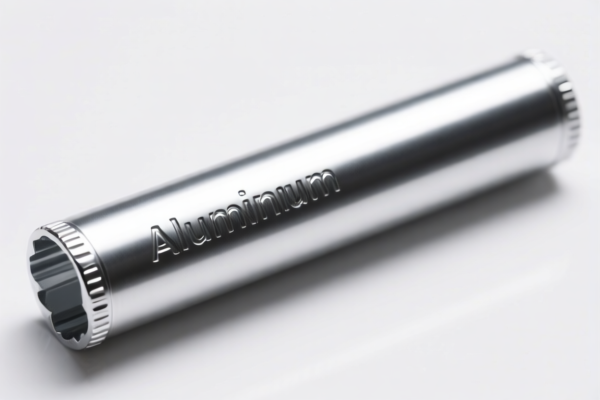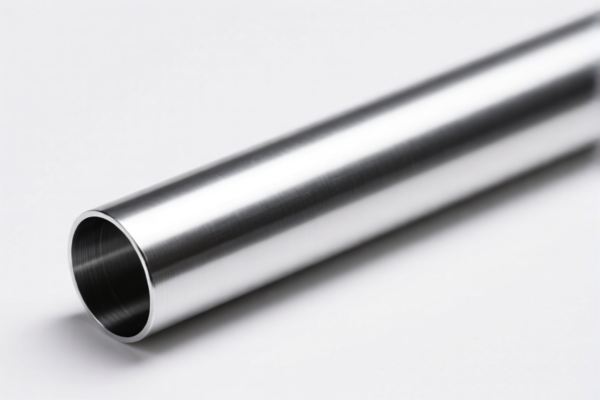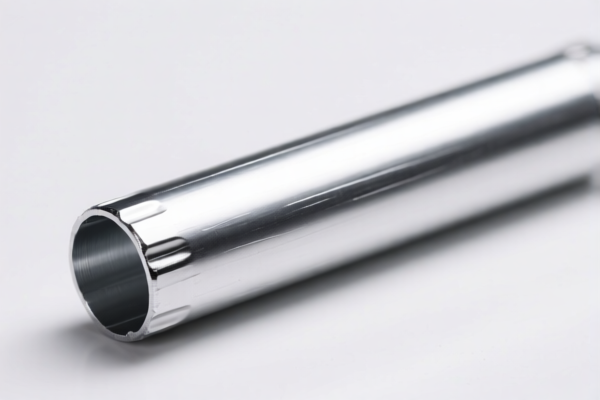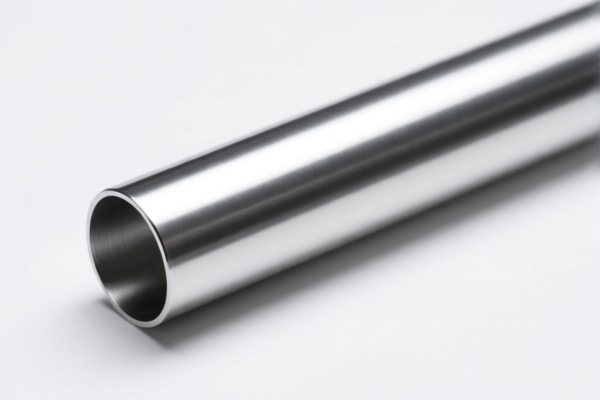| HS Code | Official Doc | Tariff Rate | Origin | Destination | Effective Date |
|---|---|---|---|---|---|
| 7610900080 | Doc | 85.7% | CN | US | 2025-05-12 |
| 7610900040 | Doc | 85.7% | CN | US | 2025-05-12 |
| 9406900130 | Doc | 82.9% | CN | US | 2025-05-12 |
| 9406900190 | Doc | 82.9% | CN | US | 2025-05-12 |
| 7616995160 | Doc | 57.5% | CN | US | 2025-05-12 |
| 7616995170 | Doc | 57.5% | CN | US | 2025-05-12 |
| 7901110000 | Doc | 56.5% | CN | US | 2025-05-12 |
| 7901125000 | Doc | 56.5% | CN | US | 2025-05-12 |
| 8308909000 | Doc | 57.7% | CN | US | 2025-05-12 |
| 8311900000 | Doc | 55.0% | CN | US | 2025-05-12 |




Aluminum Corner
An aluminum corner, also known as angle, trim, or edging, is a shaped piece of aluminum used to protect and finish edges and corners in a variety of applications. It provides structural support, aesthetic enhancement, and safeguards against damage.
Material
Typically manufactured from various aluminum alloys, including:
- 6063-T5: A common alloy known for its good strength, formability, and weldability. Often used for architectural applications.
- 5052: Offers excellent corrosion resistance, making it suitable for marine and outdoor environments.
- 3003: Provides good workability and weldability, often used for general purpose applications.
- Aluminum can be anodized, painted, or left with a mill finish.
Purpose
- Edge Protection: Shields vulnerable edges from impact, wear, and tear.
- Structural Reinforcement: Adds rigidity and support to corners and edges.
- Aesthetic Finishing: Provides a clean, professional appearance, concealing raw edges.
- Safety: Can round off sharp edges, reducing the risk of injury.
Function
Aluminum corners function by distributing stress along the length of the profile, preventing localized damage. They can be affixed using various methods, providing a secure bond to the substrate. The shape of the corner profile (equal, unequal, rounded, etc.) dictates the specific protection and aesthetic it provides.
Usage Scenarios
- Construction: Protecting edges of drywall, plasterboard, and concrete. Used in interior and exterior wall corners, stairwells, and window/door frames.
- Furniture: Framing edges of tables, chairs, and cabinets.
- Automotive: Trim for vehicle body panels and edges.
- Marine: Protecting edges of boat hulls and deck structures.
- Signage: Framing edges of signs and displays.
- DIY/Home Improvement: Numerous applications in crafting, repairs, and renovations.
Common Types
- Equal Angle: Both legs are of equal length, providing symmetrical protection.
- Unequal Angle: Legs have different lengths, suited for specific structural requirements or aesthetic preferences.
- Rounded Corner: Features a rounded edge for safety and a softer appearance.
- Square Corner: Offers a sharp, defined edge.
- Slotted Corner: Designed with slots for easy installation and ventilation.
- Extruded Corner: Formed through an extrusion process, allowing for complex shapes and profiles.
- Pre-Finished Corner: Available with anodized, painted, or powder-coated finishes.
Aluminum corner products fall under several potential classifications depending on their specific use and form. Here's a breakdown of relevant HS codes based on the provided information:
- 7610.90.00.80: This code covers “Aluminum structures (excluding prefabricated buildings of heading 9406) and parts of structures (for example, bridges and bridge-sections, towers, lattice masts, roofs, roofing frameworks, doors and windows and their frames and thresholds for doors, balustrades, pillars and columns); aluminum plates, rods, profiles, tubes and the like, prepared for use in structures: Other”. This is a broad category encompassing aluminum components used in building and construction. If the corner is specifically prepared for use as part of a structure, this code is applicable. The total tax rate is 85.7%.
- 7610.90.00.40: This code also covers “Aluminum structures (excluding prefabricated buildings of heading 9406) and parts of structures (for example, bridges and bridge-sections, towers, lattice masts, roofs, roofing frameworks, doors and windows and their frames and thresholds for doors, balustrades, pillars and columns); aluminum plates, rods, profiles, tubes and the like, prepared for use in structures: Other Architectural and ornamental work”. If the aluminum corner is used for architectural or ornamental purposes, this code applies. The total tax rate is 85.7%.
- 7616.99.51.60: This code covers “Other articles of aluminum: Other: Other: Other Other: Castings”. If the aluminum corner is manufactured as a casting, this code is relevant. The total tax rate is 57.5%.
- 7616.99.51.70: This code covers “Other articles of aluminum: Other: Other: Other Other: Forgings”. If the aluminum corner is manufactured as a forging, this code is relevant. The total tax rate is 57.5%.
It is important to note that the final classification depends on the specific manufacturing process and intended use of the aluminum corner.
Regarding any of the codes beginning with 7610, please note that these products are subject to a 25.0%加征关税, which increases to 30.0% after April 2, 2025. Additionally, these products are classified as steel and aluminum products and are subject to the 25%加征关税.
Customer Reviews
No reviews yet.